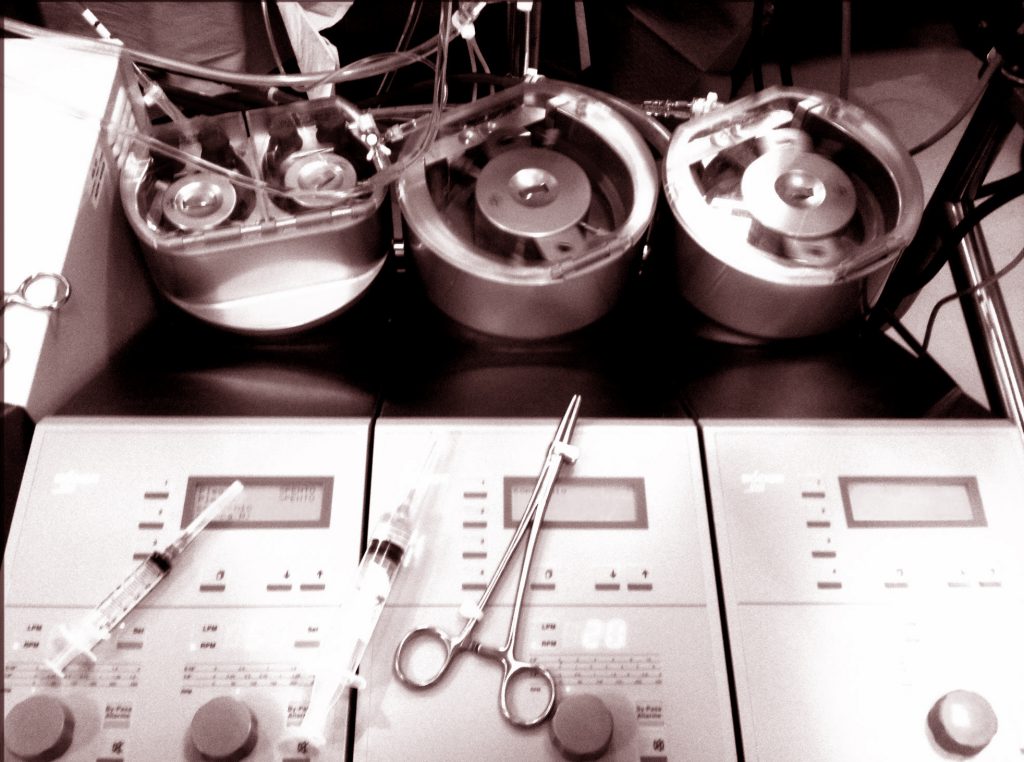Perioperative Outcomes of Coronary Artery Bypass Graft Surgery in Johannesburg, South Africa

Background
The perioperative complications in patients with coronary artery disease undergoing coronary artery bypass graft (CABG) surgery have been reported predominantly from developed countries, with a paucity of data from sub-Saharan Africa. We aim to report on the clinical characteristics and perioperative complications in patients with obstructive coronary artery disease, managed with CABG surgery at a tertiary academic hospital in Johannesburg, South Africa.
Methods
We retrospectively reviewed data from adult patients who underwent CABG surgery during a 17-year period (January 2000 – December 2017). Data was collected from the cardiothoracic surgery department’s pre- and postoperative reports, the cardiology department’s medical records, and anaesthesiology’s intra-operative reports. We collected demographic, biochemical, clinical, surgical, echocardiographic, and angiographic data. Outcomes data collected included perioperative complications and mortality.
Results
We analysed 1218 consecutive patient records. The study cohort consisted of 951 (78.1%) males, and the mean age was 60.1 ± 10.1 years. During the study period, 137 (11.2%) patients demised with cardiac and sepsis-related causes of death accounting for 49.6 and 37.2%, respectively. Other perioperative complications included excessive bleeding in 222 (18.2%), prolonged ventilation (exceeding 48 h) in 139 (11.4%), and sternal sepsis in 125 (10.3%). On univariate logistic regression analysis, advanced age, a lower left ventricular ejection fraction, smoking, increased cardiopulmonary bypass (CPB) time, and a higher European System for Cardiac Operative Risk Evaluation (EuroSCORE) II were all significantly associated with mortality. The EuroSCORE II [OR: 0.15 95%CI: 0.09–0.22; p = 0.000], and prolonged CPB time [OR: 0.01 CI: 0.00–0.02; p = 0.000] were independent predictors of in-hospital all-cause mortality.
Conclusions
In our study, the crude perioperative mortality rate was 11.2%. Our mortality rate was significantly higher than the mortality rates reported in other developed and developing countries. To better understand the factors driving this high mortality rate, a prospective outcomes registry has been initiated, and this promises to inform on our contemporary mortality and morbidity outcomes.
